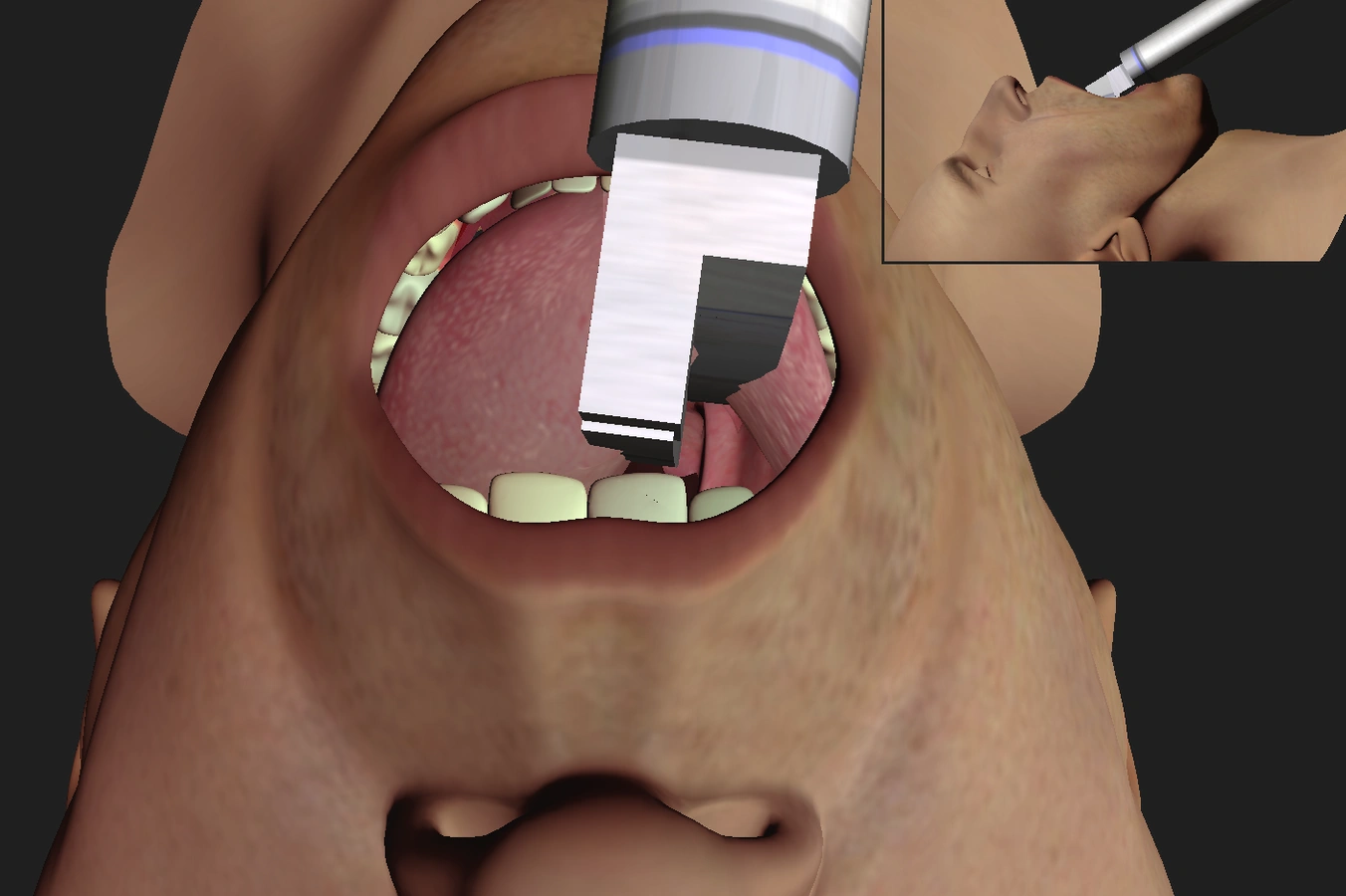
Review of VR Medical Sims
This paper reviews haptic VR simulation-based medical training for bone and dental surgery, intubation procedures, eye surgery, and minimally invasive and endoscopic surgery.
Virtual reality for medical training: the state-of-the-art
Authors: GS Ruthenbeck, KJ Reynolds.
Abstract:
Virtual reality (VR) medical simulations deliver a tailored learning experience that can be standardized, and can cater to different learning styles in ways that cannot be matched by traditional teaching. These simulations also facilitate self-directed learning, allow trainees to develop skills at their own pace and allow unlimited repetition of specific scenarios that enable them to remedy skills deficiencies in a safe environment. A number of simulators have been validated and have shown clear benefits to medical training.
However, while graphical realism is high, realistic haptic feedback and interactive tissues are limited for many simulators. This paper reviews the current status and benefits of haptic VR simulation-based medical training for bone and dental surgery, intubation procedures, eye surgery, and minimally invasive and endoscopic surgery.
